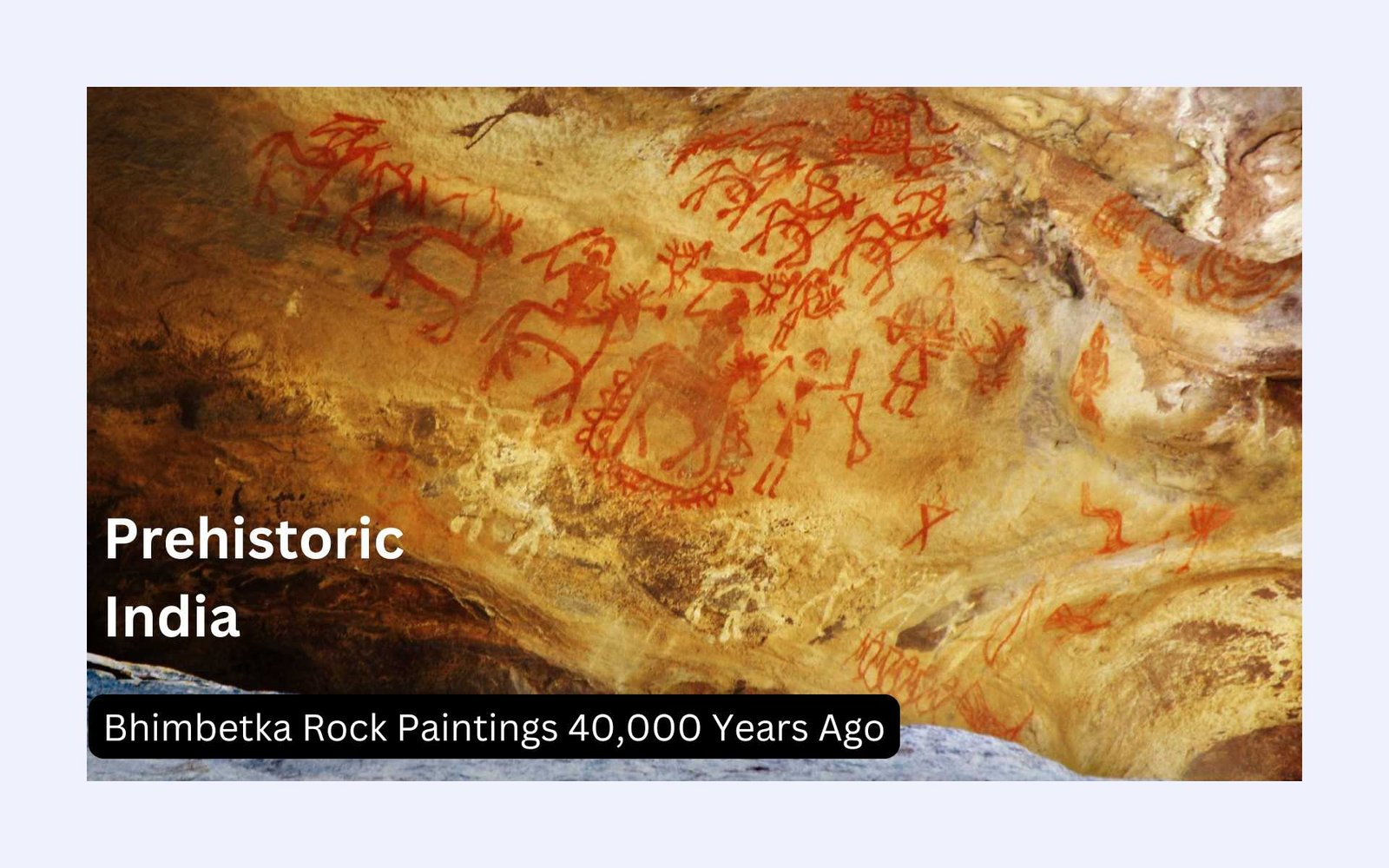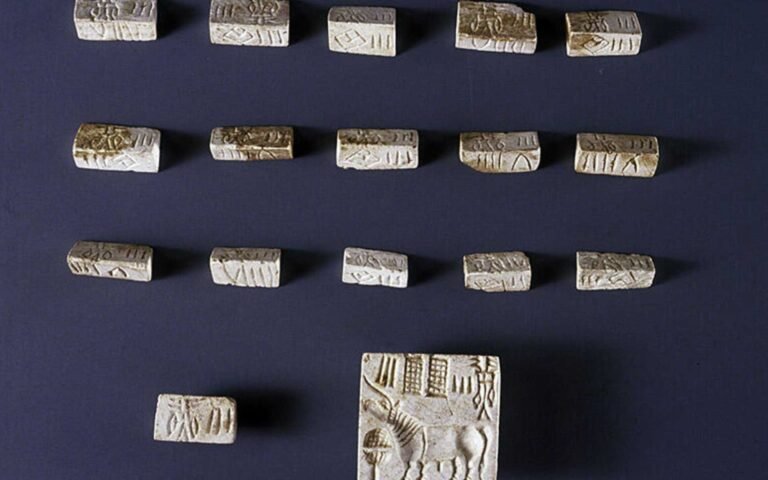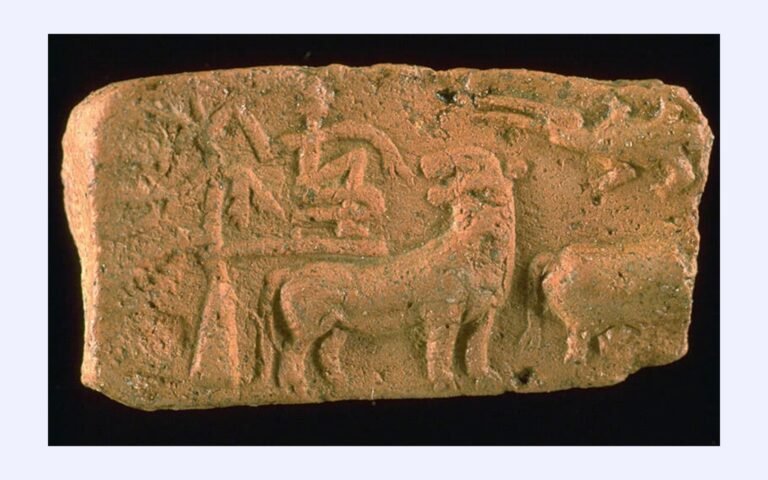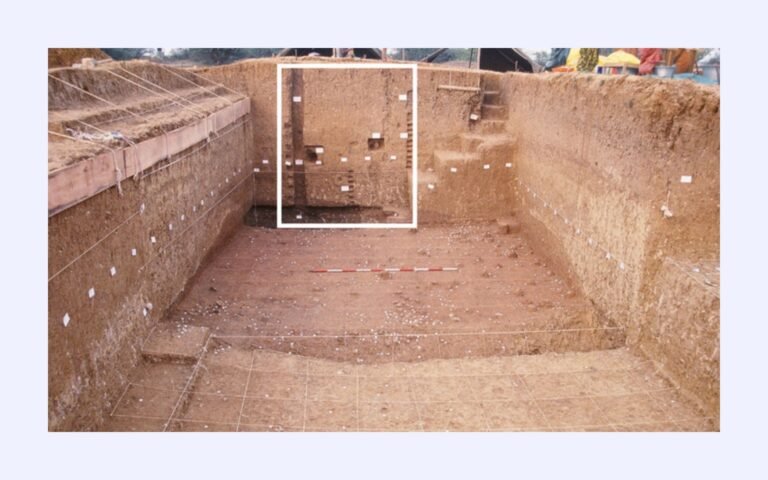The Acheulean culture, named after the Saint-Acheul site in France, represents one of the longest-lasting and most widespread cultural phases of the Paleolithic era.
In India, this culture’s presence marks significant early human activity, reflecting both technological innovation and cultural diffusion from Africa to the Indian subcontinent.
Time Period:
- Duration: Approximately 1.7 million to 300,000 years ago, although specific dates for Indian sites can vary.
Key Sites in India
- Attirampakkam, Tamil Nadu:
- One of the oldest Acheulean sites in the world, dating back to around 1.5 million years ago. It has provided evidence of early hominid tool-making with sophisticated Acheulean hand-axes and cleavers.
- Hunsgi and Isampur, Karnataka:
- These sites are renowned for their extensive tool-making areas. Isampur, in particular, shows evidence of a large-scale workshop for crafting Acheulean tools, suggesting organized tool production.
- Didwana, Rajasthan:
- Exhibits early human presence with Acheulean tools, indicating the spread of this culture across North-Western India.
- Bhimbetka, Madhya Pradesh:
- Although more famous for its rock art, Bhimbetka also contains layers with Acheulean artifacts, showing the depth of human occupation in this region.
Technological Characteristics:
- Tool Types: The hallmark of the Acheulean culture is the bifacial hand-axe, along with cleavers, scrapers, and picks. These tools are characterized by their symmetrical, well-crafted shapes, often with sharp edges on both sides.
- Manufacturing Technique: The bifacial flaking method was used, where flakes were systematically removed from both faces of a core stone to achieve the desired shape.
Cultural and Environmental Context:
- Adaptation: The Acheulean tools were versatile, used for butchering animals, working wood, and possibly even digging for roots or water, reflecting a lifestyle adapted to diverse environments from riverine to savannah.
- Migration and Interaction: The presence of Acheulean tools in India suggests early human migrations, likely following the dispersal out of Africa. The uniformity of tool types across vast geographical areas indicates either significant human mobility or cultural exchange.
Connections with Global Acheulean:
- Technological Continuity: The Acheulean tools in India share a close resemblance with those found in Africa, Europe, and the Middle East, pointing to a common technological tradition that spread across continents.
- Cultural Evolution: While the basic tool kit remained consistent, regional variations in India suggest local adaptations, possibly influenced by available raw materials or specific ecological niches.
End of the Acheulean Era:
- The transition to the Middle Paleolithic around 300,000 years ago in India, as elsewhere, involved a shift towards new techniques like the Levallois method, marking the end of the Acheulean dominance in tool technology.
Conclusion
The Acheulean culture in India not only demonstrates the technological prowess of early humans but also their capacity for cultural diffusion and adaptation to various ecological settings. The study of Acheulean sites in India contributes to the broader narrative of human evolution, migration, and the development of cognitive and cultural complexity. Ongoing archaeological work continues to refine our understanding of this ancient cultural phase in Indian prehistory.




